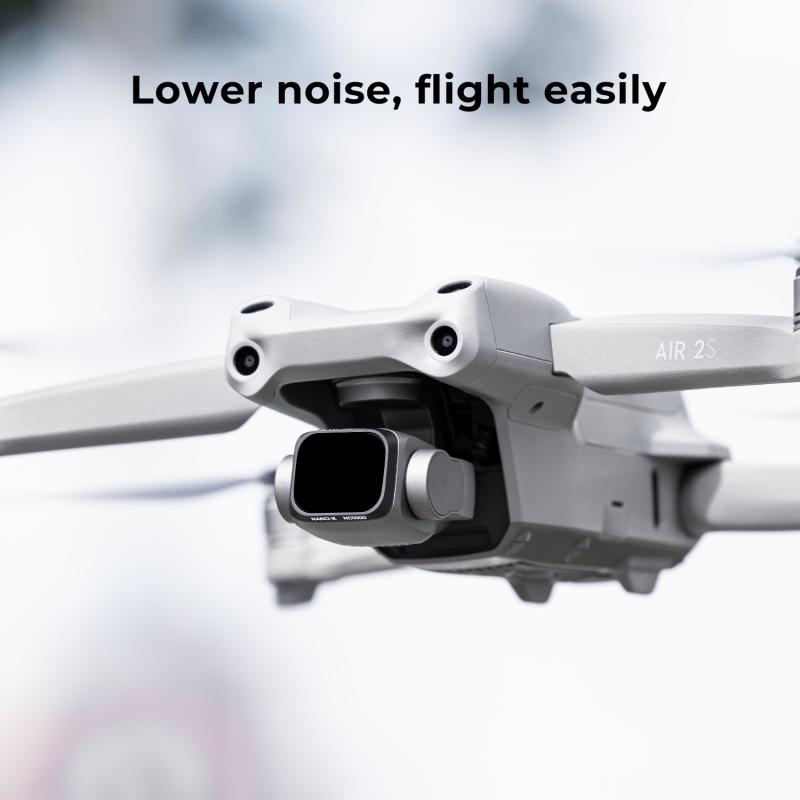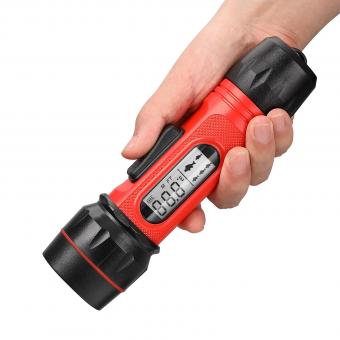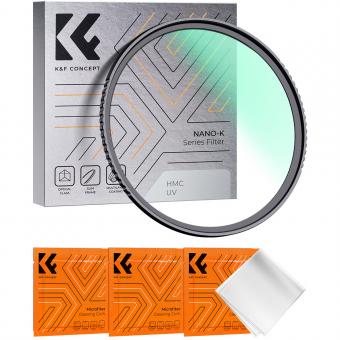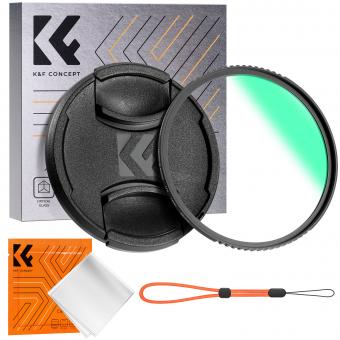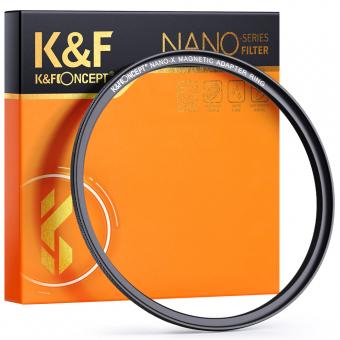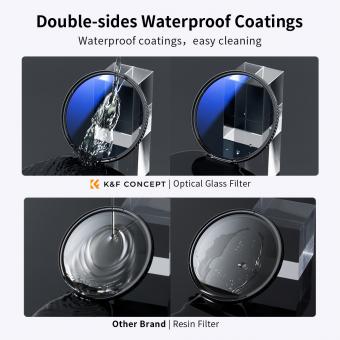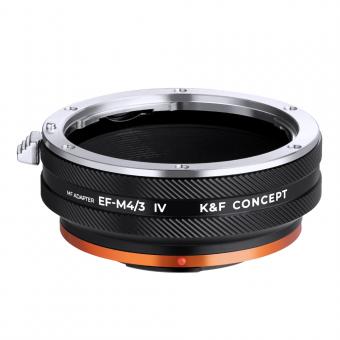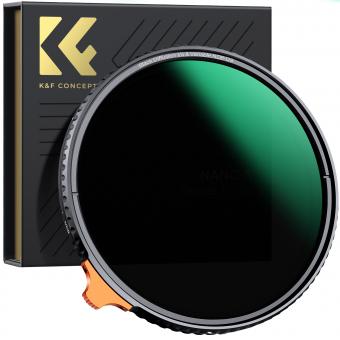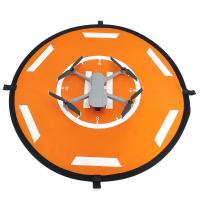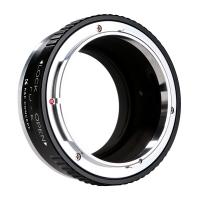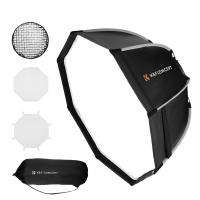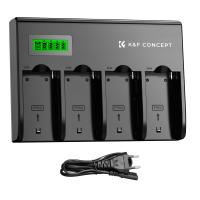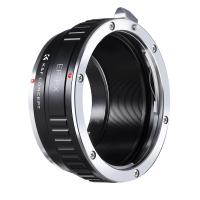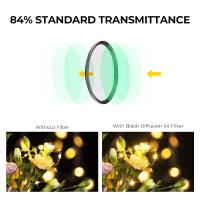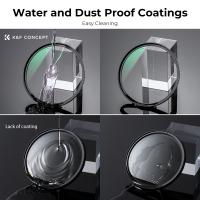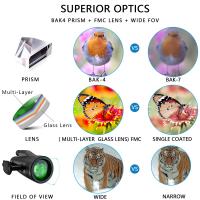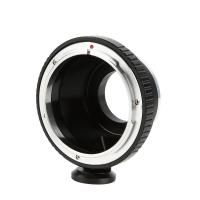How Do Uv Filters Work In Fish Tanks ?
UV filters in fish tanks work by utilizing ultraviolet (UV) light to kill or deactivate harmful microorganisms, such as bacteria, viruses, and parasites, present in the water. The UV filter consists of a UV lamp enclosed in a protective quartz sleeve, which is submerged in the water flow. As water passes through the filter, it is exposed to the UV light emitted by the lamp.
The UV light damages the DNA and cellular structure of the microorganisms, rendering them unable to reproduce or cause harm. This helps in maintaining a clean and healthy environment for the fish and other aquatic organisms in the tank. UV filters are particularly effective in controlling common fish tank issues like green water caused by excessive algae growth.
It is important to note that UV filters should be used in conjunction with other filtration methods, such as mechanical and biological filtration, to ensure optimal water quality. Additionally, regular maintenance and replacement of the UV lamp are necessary to ensure its effectiveness in the long run.
1、 UV Filters: Mechanisms and Principles of Operation in Fish Tanks
UV filters, also known as ultraviolet sterilizers, are commonly used in fish tanks to maintain water clarity and eliminate harmful microorganisms. These filters utilize ultraviolet light to effectively kill bacteria, viruses, and algae present in the water.
The mechanism of UV filters involves the use of a UV lamp that emits ultraviolet radiation at a specific wavelength, typically around 254 nanometers. As water passes through the filter, it is exposed to this UV light, which damages the DNA and cellular structure of microorganisms, rendering them unable to reproduce and causing their death.
The UV light works by disrupting the genetic material of these microorganisms, preventing them from replicating and causing diseases in fish. It also helps to control the growth of algae, which can lead to poor water quality and oxygen depletion.
UV filters are typically installed in the water circulation system of fish tanks, ensuring that all water passes through the filter and is exposed to the UV light. It is important to note that UV filters do not physically remove particles or debris from the water, so they should be used in conjunction with other filtration methods such as mechanical and biological filters.
In recent years, there have been advancements in UV filter technology, including the development of more efficient UV lamps and improved designs for better water flow and exposure to UV light. Additionally, some UV filters now come with built-in sensors that monitor the intensity of the UV light and alert the user when the lamp needs to be replaced.
Overall, UV filters play a crucial role in maintaining a healthy and clean environment for fish in tanks by effectively eliminating harmful microorganisms and controlling algae growth.
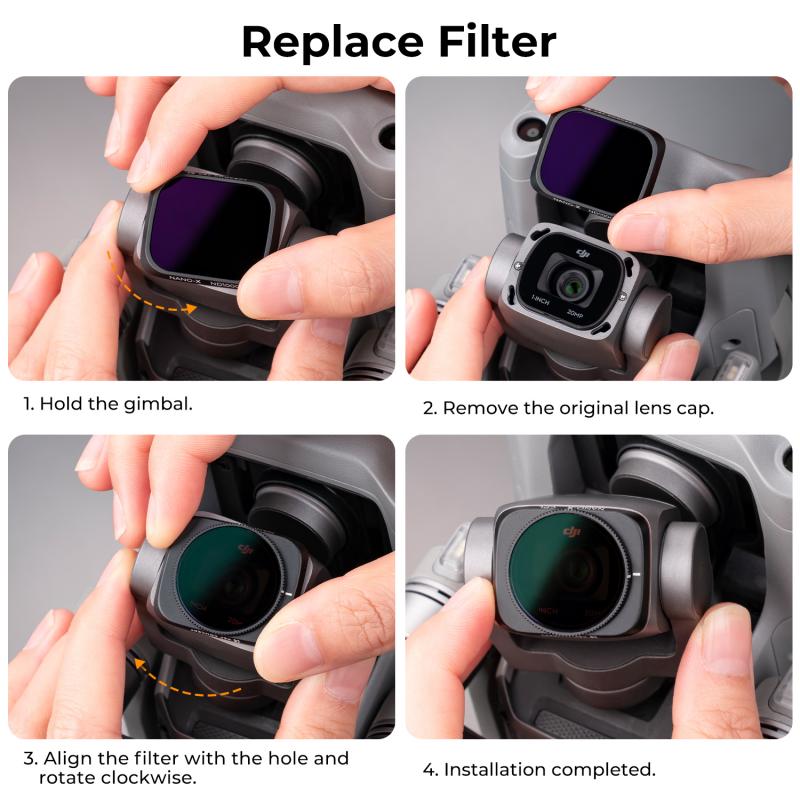
2、 Benefits of UV Filters for Water Quality in Fish Tanks
UV filters, also known as ultraviolet sterilizers, are an essential component of fish tank filtration systems. They work by utilizing ultraviolet light to eliminate harmful microorganisms, such as bacteria, viruses, and parasites, from the water.
UV filters consist of a chamber that houses a UV lamp. As water passes through the chamber, it is exposed to the UV light, which damages the DNA of the microorganisms, rendering them unable to reproduce and causing their eventual death. This process effectively sterilizes the water, making it safer and healthier for the fish and other aquatic organisms in the tank.
The benefits of UV filters for water quality in fish tanks are numerous. Firstly, they help to prevent the spread of diseases among the fish population. By eliminating harmful pathogens, UV filters reduce the risk of infections and improve overall fish health. This is particularly important in crowded tanks or when introducing new fish to an existing population.
UV filters also contribute to maintaining water clarity. They can effectively remove algae blooms, which can cause the water to become green and cloudy. By controlling algae growth, UV filters help to create a more aesthetically pleasing environment and improve visibility within the tank.
Furthermore, UV filters aid in the removal of organic waste and other pollutants. They can break down organic compounds, such as ammonia and nitrites, which are toxic to fish. This helps to maintain optimal water conditions and reduce the need for frequent water changes.
In recent years, there has been growing concern about the potential negative effects of UV filters on beneficial bacteria in the tank. While UV light can indeed kill some beneficial bacteria, it is generally believed that the overall impact on the tank's biological filtration is minimal. The benefits of sterilizing the water and preventing disease outbreaks outweigh the potential drawbacks.
In conclusion, UV filters play a crucial role in maintaining water quality in fish tanks. They effectively eliminate harmful microorganisms, prevent disease outbreaks, improve water clarity, and aid in the removal of organic waste. While there may be some impact on beneficial bacteria, the benefits of UV filtration far outweigh the potential drawbacks.
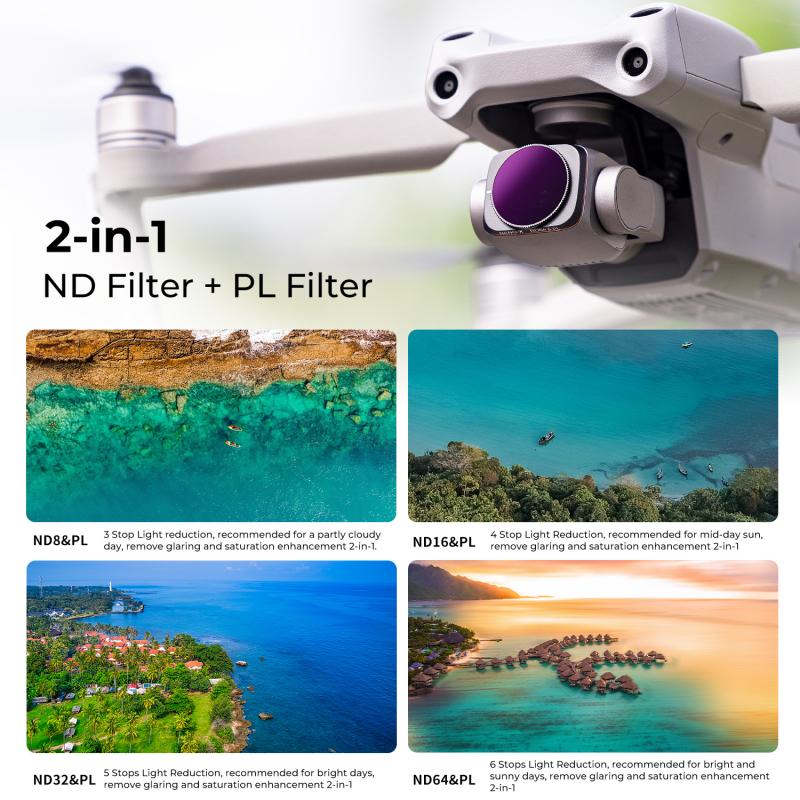
3、 UV Filters and Algae Control in Fish Tanks
UV filters, also known as ultraviolet sterilizers, are commonly used in fish tanks to control algae growth and maintain water clarity. These filters utilize ultraviolet light to kill or deactivate algae cells, bacteria, and other microorganisms present in the water.
UV filters work by exposing the water to a specific wavelength of ultraviolet light, typically around 254 nanometers. This wavelength is lethal to many microorganisms, including algae, as it damages their DNA and prevents them from reproducing. As a result, the algae population is significantly reduced, leading to clearer water and a healthier aquatic environment for fish and other tank inhabitants.
The water is passed through a chamber within the UV filter, where it is exposed to the ultraviolet light. The light is emitted by a specialized UV lamp, which is housed in a quartz sleeve to prevent contact with the water. The water flows around the quartz sleeve, ensuring maximum exposure to the UV light.
It is important to note that UV filters are not a standalone solution for algae control. They are most effective when used in conjunction with other filtration methods, such as mechanical and biological filtration. Mechanical filtration removes larger debris and particles from the water, while biological filtration utilizes beneficial bacteria to break down organic waste.
Furthermore, UV filters do not eliminate all types of algae. Some species, such as green water algae, are more resistant to UV light and may require additional measures for effective control. Regular maintenance, including proper cleaning and replacement of the UV lamp, is also crucial to ensure optimal performance.
In recent years, there has been a growing interest in the use of natural methods for algae control in fish tanks. While UV filters remain a popular choice, some aquarists are exploring alternatives such as the use of live plants, algae-eating fish, and natural additives. These methods aim to create a more balanced ecosystem within the tank, reducing the reliance on artificial filtration methods.
Overall, UV filters play a significant role in maintaining water quality and controlling algae growth in fish tanks. However, it is important to consider them as part of a comprehensive filtration system and to explore other natural methods for long-term algae control.
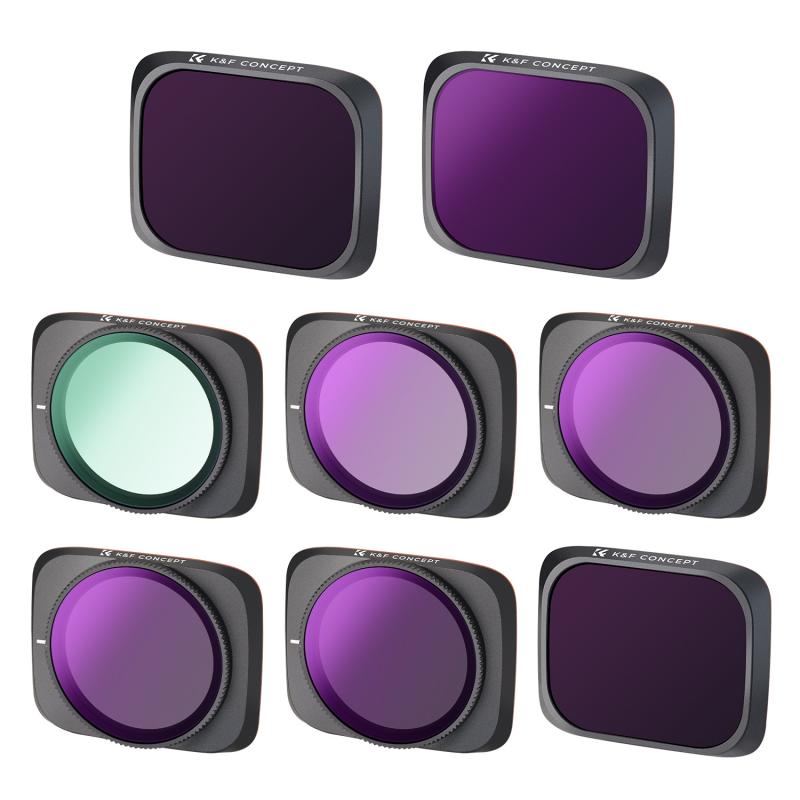
4、 UV Filters and Bacterial Pathogen Reduction in Fish Tanks
UV filters, also known as ultraviolet sterilizers, are commonly used in fish tanks to control the growth of bacteria, viruses, and other pathogens. These filters utilize ultraviolet light to kill or deactivate microorganisms, thus reducing the risk of disease transmission and improving water quality.
UV filters work by exposing the water passing through the filter to ultraviolet light. The UV light damages the DNA and RNA of microorganisms, preventing them from reproducing and causing infections. This process effectively eliminates harmful bacteria, viruses, and parasites that may be present in the water.
The effectiveness of UV filters in fish tanks has been well-documented. Numerous studies have shown that UV sterilization can significantly reduce the levels of bacterial pathogens, such as Aeromonas, Pseudomonas, and Vibrio species, which are known to cause diseases in fish. Additionally, UV filters have been found to be effective against common fish parasites, including Ichthyophthirius multifiliis (ich) and Cryptocaryon irritans (marine ich).
It is important to note that UV filters should not be considered as a standalone solution for maintaining a healthy fish tank. They should be used in conjunction with other filtration methods, such as mechanical and biological filtration, to ensure optimal water quality. UV filters are most effective when the water passing through them is clear and free from debris, as particles can block the UV light and reduce its effectiveness.
In recent years, there has been growing interest in the use of UV filters in aquaculture and fish farming. UV sterilization has been shown to be an effective tool in preventing the spread of diseases in large-scale fish production systems. Additionally, advancements in UV filter technology have led to the development of more energy-efficient and compact units, making them more accessible to hobbyists and small-scale fish keepers.
In conclusion, UV filters play a crucial role in maintaining a healthy and disease-free environment in fish tanks. By utilizing ultraviolet light, these filters effectively reduce the levels of bacterial pathogens and parasites, improving water quality and promoting the overall well-being of fish. However, it is important to use UV filters in conjunction with other filtration methods and to regularly monitor water parameters to ensure optimal performance.
